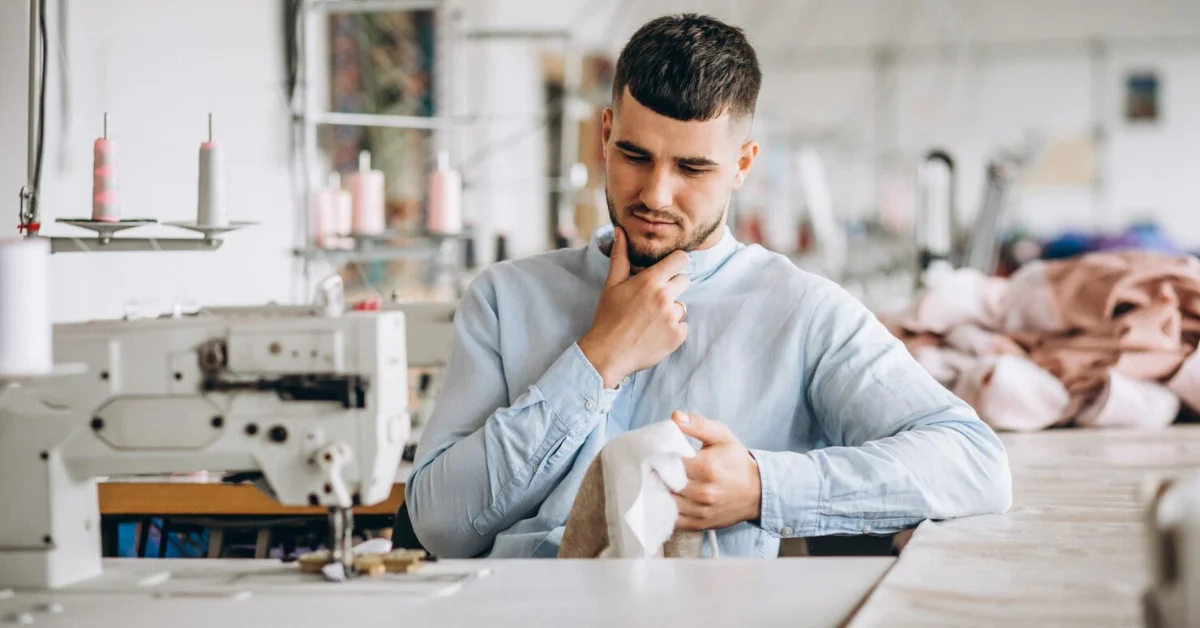How to Choose a Professional Coverstitch Machine for Your Garment Business

When it comes to professional garment production, a coverstitch machine isn’t just a nice-to-have — it’s essential. These machines are designed to create strong, stretchable seams on knitwear, activewear, and other elastic fabrics.
Unlike a standard sewing machine, a coverstitch ensures the finished product looks polished from both inside and out. But how do you choose the right one when the market is filled with different options.
The key factors to consider are stitch quality, ease of maintenance, needle configuration, and speed. For businesses focused on efficiency and precision, investing in a machine that supports multiple needles and offers adjustable differential feed is crucial.
This not only improves seam strength but also allows for versatile stitch styles that meet the varied demands of clients and collections.
Another aspect is durability. If you plan to use the machine daily in a production environment, it must withstand long hours of work without overheating or losing tension accuracy. Heavy-duty machines usually work better for longer periods, making them save you more money over time.
Why Brand Reputation Matters
In professional settings, equipment failures cost more than just repairs — they delay deliveries, reduce client trust, and disrupt workflow. This is why lots of workshops and manufacturing plants prefer well-known brands that have proven to be dependable.
One such example is Kansai sewing machines. Known globally for their engineering excellence, Kansai machines combine speed, accuracy, and long-term dependability.
Their coverstitch models are especially popular in the industry, as they offer flexible stitch options and minimal vibration during high-speed operation. Whether you’re producing t-shirts, sportswear, or lingerie, Kansai’s range provides models tailored to each application.
Sourcing parts and getting qualified service is much easier when working with recognized brands. This minimizes downtime and simplifies staff training since operators are more likely to be familiar with standardized controls.
Smart Choices for Long-Term Success
Before committing to a specific machine, consider your production volume, fabric types, and the skill level of your team. While cheaper options may seem attractive, they often lack consistency and require frequent repairs — something a growing business can’t afford.
Picking a trustworthy coverstitch machine means investing in good quality, fast work, and happy customers.
